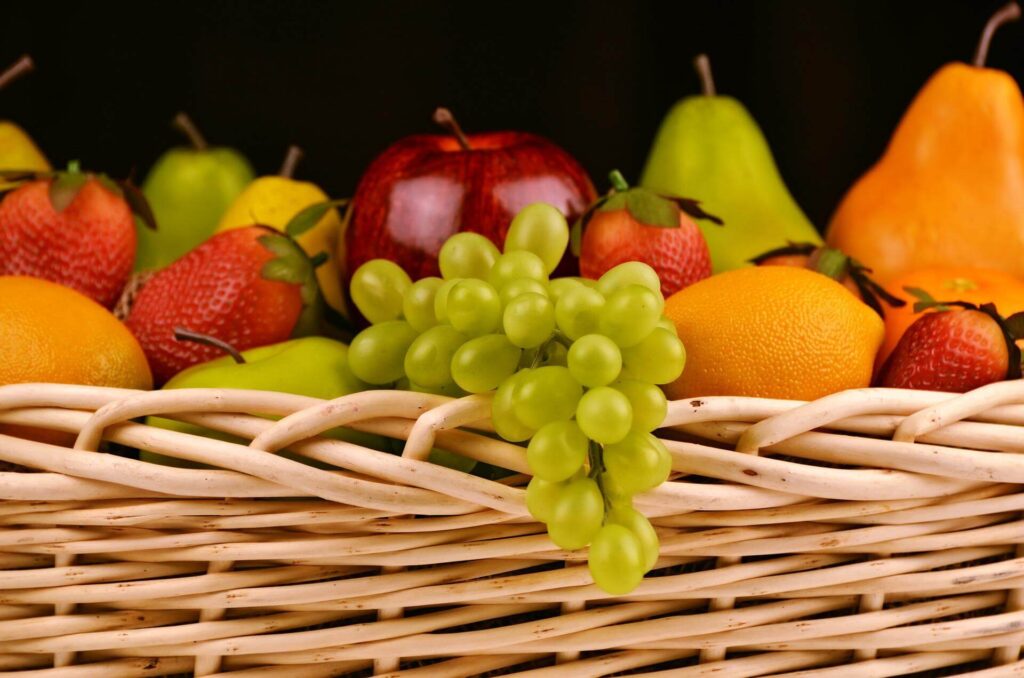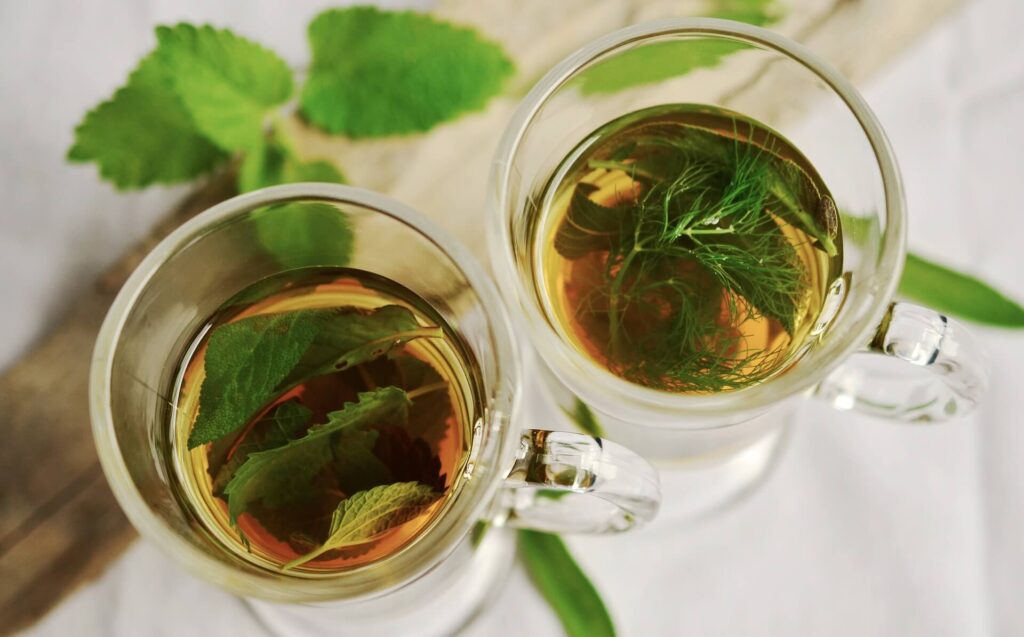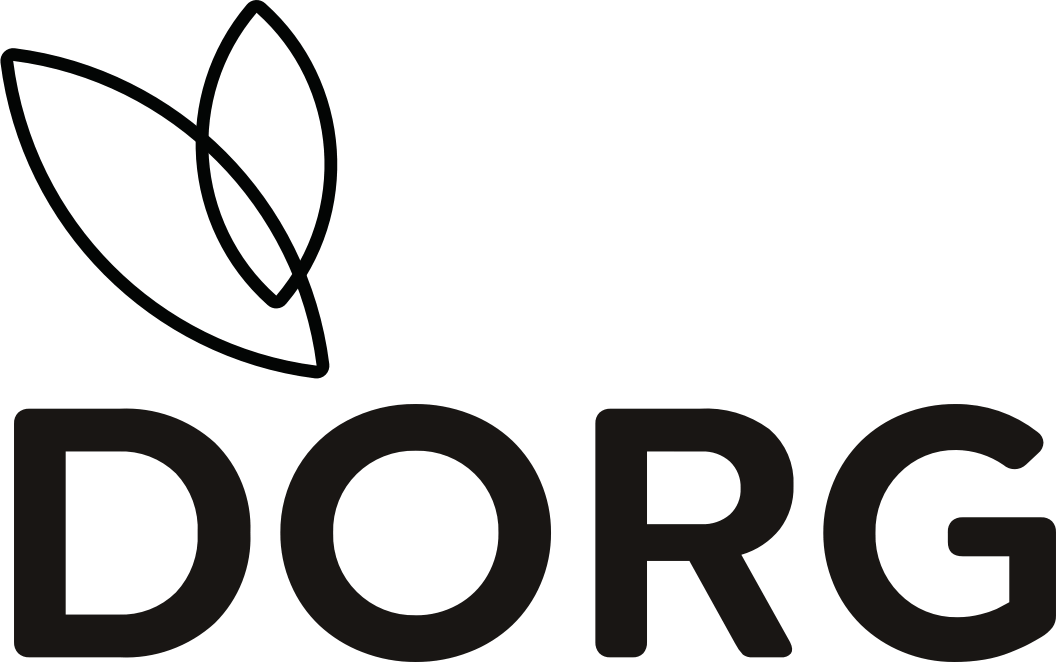Siete pronti per partire in questo nuovo percorso dimagrante chiamato dieta chetogenica? Ottimo! Ma siete sicuri di sapere davvero tutto?
Giusto per essere sicuri di partire col piede giusto vogliamo darvi una mano a capire per bene le basi di questo regime alimentare che ha un piano da rispettare molto ferreo e che non ammette sgarri (o solo in minima parte!)
Quindi, dopo aver ascoltato i consigli utilissimi del vostro nutrizionista, anche noi vogliamo darvi qualche delucidazione che riguarda in particolar modo gli alimenti.
Dieta chetogenica alimenti vietati: questa è la parola d’ordine da cui partono i nostri consigli, per ricordarvi cosa non dovete mangiare, e cosa succede se decidete di fare di testa vostra senza curarvi di queste indicazioni.
Ma c’è di più: parleremo anche di quegli alimenti parzialmente ammessi e quelli che invece potete comprare e mangiare senza timore.
Tenete quindi la lista della spesa vicino a voi in modo da depennare le voci che troverete nella black list della dieta chetogenica.
Le basi della dieta chetogenica
Cos’è la dieta chetogenica? Se siete in procinto di cominciare questo percorso ne sapete sicuramente già qualcosa ma rispolverare i concetti base è sempre di aiuto. Se invece siete alle prime armi ascoltate bene perché senza conoscerne i dettagli rischiate solo di perdere tempo e fatica, ma il peso purtroppo rimarrà invariato.
La dieta chetogenica, anche detta dieta iperproteica, invita a mangiare alimenti che contengono proteine e grassi, a discapito dei carboidrati che devono essere ridotti drasticamente per ottenere i risultati sperati. L’obiettivo è quello di utilizzare il grasso come carburante energetico allo scopo di dimagrire, perdendo massa grassa ma sviluppando massa muscolare.
Chetogenica è un termine che deriva da chetoni e che quindi è legato inevitabilmente al concetto di chetosi. Infatti, questo stato in cui l’organismo è indotto a bruciare i grassi, in assenza di carboidrati, prende il nome di chetosi, il vero e proprio stato metabolico che permette un dimagrimento più immediato.
Ma è proprio qui che viene la parte più difficile: attivare la chetosi non è un gioco da ragazzi se non si seguono le regole! Dovete dare una svolta al regime alimentare, cambiare abitudini, eliminare o ridurre alcuni alimenti dal vostro planner settimanale ed equilibrare i nutrienti secondo i dettami della dieta chetogenica. Ma non temete di sbagliare: siamo qui per darvi tutte le nozioni di cui avete bisogno. Partiamo subito dalla distribuzione dei macronutrienti.
Carboidrati, grassi e proteine: come ripartirli in keto?
Per conoscere e comprendere nella dieta chetogenica gli alimenti vietati è opportuno prima sapere qual è la giusta distribuzione di nutrienti di cui l’organismo necessita per attivare lo stato di chetosi.
Infatti, partendo dal presupposto che i carboidrati bloccano o inibiscono la chetosi, è chiaro che il loro apporto deve essere minimo.
Ma per essere ancora più chiari parliamo in percentuali:
- Carboidrati 5-10%
- Grassi 60-75%
- Proteine 20-35%.
Quando leggete 5-10% significa che non dovete superare il range tra i 20 e i 50 grammi al giorno. Che succede se sgarrate? Per una volta forse nulla, ma se lo fate ripetutamente la perdita di peso sarà ridotta e dovrete ricominciare tutto dall’inizio perché la chetosi no è un meccanismo che potete mettere in pausa a piacimento, ma ha bisogno di specifici tempi tecnici per ripartire. Solitamente ci vogliono almeno 2-4 giorni.
Naturalmente questo ci porta a parlare di cibo: cosa evitare per non trovarsi nella situazione di partenza e rallentare dunque l’intero percorso?
Entriamo subito nel vivo dell’argomento e descriviamo gli alimenti vietati in chetogenica.
Dieta chetogenica alimenti vietati

Per affrontare con successo questa fase cheto della vostra vita vi spiegheremo nel dettaglio quali sono gli alimenti vietati in chetogenica. Se li avete già in dispensa per un po’ lasciateli da parte e provvedete a fare una nuova spesa con l’occorrente necessario per elaborare il vostro planner a 21 giorni: pianificare prima il menù può essere di aiuto per evitare sgarri e tentazioni.
Gli alimenti che troverete in questa black list sono quelli che solitamente danno lo sprint energetico all’organismo. Adesso però il corpo deve attingere altrove a questa sorta di carburante e quindi rivolgersi alle riserve di grassi che dovranno pertanto aumentare, insieme alle proteine, per evitare che si risenta poi di un calo nutrizionale.
Ecco quindi gli alimenti rigorosamente vietati in chetogenica.
Pane, pasta e riso
Per qualche settimana dovrete rinunciare a pane, pasta e riso. Tra gli alimenti sono quelli maggiormente ricchi di carboidrati e quindi non idonei per accelerare l’ingresso in chetosi e per perdere peso. Ci sono però delle ottime alternative di cui vi parleremo dopo!
Cereali
Rientrano in questa categoria i cereali che contengono molti carboidrati. Ad esempio: il grano soffiato, il muesli, la crusca di frumento, i fiocchi di riso, il frumento, l’orzo, i fiocchi di mais e i fiocchi d’avena.
Dolci
In qualunque dieta i dolci rappresentano un alimento vietato quindi non c’è da stupirsi nel ritrovarli nella black list keto. Però in questo caso parliamo anche delle merendine, troppo ricche di zuccheri e per niente salutari anche nel regime abituale.
Farina di ogni tipologia
Da eliminare ogni tipo di farina. Questo è un punto fermo che non ammette repliche. Infatti alcuni potrebbero obiettare: ma la farina integrale non fa ingrassare! Eppure nella keto non va bene nemmeno quella perché inibisce la chetosi.
Le verdure amidacee
Patate, zucca, mais, piselli, barbabietole: insomma tutti cibi che fanno parte della categoria delle verdure amidacee non possono essere consumati in keto perché contengono carboidrati.
Cibi processati
I più comuni sono di certo i wurstel, ma l’elenco non si ferma qua: hamburger, piatti pronti, panini da fast food, preparati a base di carne spesso surgelati o impanati. In pratica tutto ciò che oltre ad avere molte calorie, possiede anche un alto indice glicemico.
Frutta
Tranne l’avocado e i frutti di bosco, il resto della frutta è da evitare se si sta facendo una dieta chetogenica. La ragione è il fruttosio, un componente presente in moltissime varietà ma soprattutto in datteri, fichi, uva, mango, ciliegia, banana, mandarino, mela, melone, anguria, fragola.
Bibite zuccherate
Partendo dal presupposto che è sempre meglio bere acqua e in gran quantità perché aiuta a dimagrire e idratarsi, tutte le altre bevande sono da ridurre o evitare. In particolare le bevande gassate e ricche di zuccheri sono proprio vietatissime in keto. Non fidatevi della scritta “senza zucchero” e lasciatele proprio stare se volete raggiungere risultati reali in poco tempo.
Legumi
Che siano secchi o in scatola in questo caso non fa alcuna differenza. Per almeno tre settimane è opportuno non inserirli nel menù senza eccezioni.
Dieta chetogenica: alimenti ammessi ma con moderazione
Dopo aver preso nota degli alimenti vietati adesso passiamo in rassegna quelli che possono essere assunti ma con moderazione. Che significa? Vuol dire che non bisogna abusarne e che bisogna limitarli durante l’arco dell’intera dieta.
In questa categoria troviamo i formaggi stagionati e grassi, e alcune verdure o ortaggi (peperoni, carote, pomodori e melanzane).
Poi, se proprio non si riesce a rinunciare allo zucchero nel latte o nel caffè, è possibile usare dei dolcificanti a base di eritritolo.
Dieta chetogenica e gli alimenti concessi
Per concludere questa carrellata di alimenti ci manca ancora una categoria, probabilmente la più importante se dovete fare la spesa e preparate il vostro menù della settimana.
Gli alimenti concessi sono quelli che non alterano il processo di chetosi, non lo rallentano o bloccano, ma forniscono i nutrienti necessari per il fabbisogno giornaliero e forniscono il cosiddetto carburante, ovvero l’energia per svolgere tutte le funzioni e permettere la combustione dei grassi.
Ecco l’elenco:
- Pesce ricco di Omega3: salmoni, sgombri, trote, ecc.
- Verdure non amidacee e a foglia verde.
- Ortaggi di ogni tipologia tra quelle comprese tra asparagi, broccoli, cavolfiore, cetrioli, finocchi, funghi, prezzemolo, radicchio, ravanelli, rucola, sedano, spinaci.
- Formaggi e latticini, compreso il burro che è molto grasso e deve essere preferito alla margarina.
- Frutta non zuccherina come l’avocado, i lamponi e i mirtilli.
- Carne di agnello, manzo, vitello, pollo e selvaggina.
- Uova.
- Oli vegetali, noi consigliamo l’olio di cocco Mct!
- Frutta secca, ad esempio mandorle e noci.
- Spezie.
- Bevande come thè, caffè, camomilla.

Adesso non avete più scuse! Conoscete della dieta chetogenica gli alimenti vietati, ammessi e concessi ma con moderazione: non vi resta che cominciare il vostro percorso con la giusta consapevolezza e un menù tutto da preparare per non farvi trovare impreparati.
Abbiamo ancora un ultimo consiglio in fatto di alimenti keto, per darvi modo di spaziare ancora di più con la vostra fantasia in cucina. Conoscete i keto food?
Il nostro consiglio: keto food
Dal momento che la dieta chetogenica è diventata un cult del settore, molti esperti ne hanno studiato a lungo le caratteristiche e hanno ideato alcune novità interessanti da integrare alla vostra alimentazione.
Di cosa stiamo parlando? Ma dei cibi keto friendly, rigorosamente pensati per chi segue questo regime alimentare e vuole concedersi qualche piatto con ingredienti vietati.
Questa tipologia di prodotti, infatti, consente di alternare pasta, pane, e persino i dolci ma con ingredienti ad hoc che non fanno uscire dalla chetosi.
Per trovare questi prodotti keto food dovete andare nei rivenditori autorizzati, anche negli shop online più forniti.
Noi vi consigliamo Pinkfood dove trovate ottime soluzioni per non annoiarvi mai in cucina e trovare anche delle ottime idee per concedervi pause sfiziose e soprattutto keto.
Non ci credete? Date un’occhiata qui! Usando il codice NG2206 avrete anche il 10% su tutti i prodotti!




